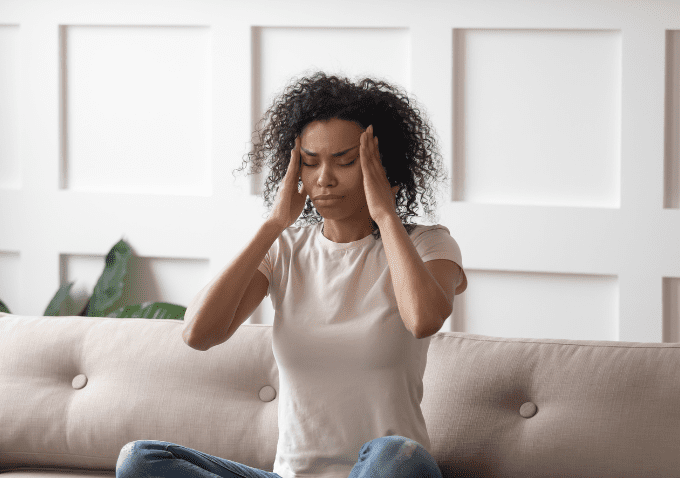
Migraine is a neurological disease that causes severe headaches and other temporarily debilitating symptoms. More than 37 million people in the US suffer from migraines. Worldwide, they are the leading cause of disability.
Migraines do not discriminate by age; they can strike children as young as 18 months old, and approximately 10 percent of children under 12 and 28 percent of teens will experience a migraine.
Migraine or Headache?
Headache is an umbrella term for any tension, discomfort, or pain that may occur in the head or neck. Common headaches are usually triggered by tension, stress, eye strain, noise, lack of sleep, posture, illness, sinuses, allergies, diet, or alcohol consumption. They can vary from mild to severe and may last up to several hours.
Migraines are episodes that can last for days. The first stage of a migraine is known as the prodrome phase and may come one or two days before the head pain. In this stage, people may notice subtle signs, such as mood swings, food cravings, profuse yawning, a stiff neck, increased urination, fluid retention, or constipation.
The aura stage often comes next, during which the migraine sufferer will experience visual disturbances. This can include seeing shapes, flashes of light, or having vision loss. Some people will experience tingling of the extremities, weakness or numbness in the face or body, or difficulty speaking.
The attack is the actual headache, which is often severe. Pain may be on one or both sides of the head, and usually throbs or pulses. People with migraines usually become sensitive to light, sounds, smells, or touch. They often experience nausea or vomiting. This part of a migraine event may last as little as four hours or up to three days.
The post-drome phase occurs after the attack wears off. During this phase, a patient may feel fatigued, drained, or confused as they recuperate. They may also experience migraine pain again briefly with sudden head movements or bright lights.
5 Tips to Manage Migraines
1) Keep a Migraine Journal—many sufferers have triggers that cause a migraine. Triggers might include dehydration, strong odors, poor sleep, or certain foods. Learning to identify triggers can help you avoid them, or get early treatment.
2) Take Care of Yourself—general self-care can help keep migraines to a minimum. Drink water, get fresh air, exercise daily, eat a healthy diet, and get quality sleep.
3) Learn to Relax—since stress can cause or exacerbate headaches, learning to destress can be very beneficial in warding off migraine attacks. Meditation, yoga, mindfulness, stress balls, hobbies, and exercise are all great ways for managing stress.
4) Act Quickly—don’t wait to have a full-blown attack before you start taking care of your migraine. Take pain medication, retreat to a dark, quiet room, and take bland meals when you feel a migraine coming. This can help decrease the severity of a migraine and may shorten its duration.
5) Seek Alternative Therapies—other than pain or preventative medication, there is little general practitioners can do to help you with migraines. Some alternative treatments, such as upper cervical care, are proving to help people with migraines.
Our Treatment for Migraines
New research suggests that misalignments of the upper cervical spine can compress nerves, leading to migraine symptoms. Upper cervical care can get to the root of the problem by correcting the alignment of your spine. For some patients, this decreases the frequency and severity of migraines or may help relieve them altogether.
Dr. Alex Bello of Los Angeles Upper Cervical is an upper cervical specialist who practices the Blair Chiropractic Technique. The Blair technique utilizes advanced technology to help doctors make more precise adjustments.
Using 3D diagnostic imaging tools, Dr. Bello can pinpoint problem areas and calculate your unique anatomy. He is then able to make adjustments with gentler pressure to bring the spine back into a healthy alignment. Once properly aligned, the body’s natural healing mechanisms are activated so that you begin to heal.
Upper cervical care can be a great non-invasive, drug-free migraine treatment that works for many patients. Contact Dr. Bello for a consultation to see if upper cervical care can help your condition. He offers upper cervical chiropractic care to patients in Brentwood, Los Angeles, Santa Monica, Beverly Hills, Westwood, Culver City, Marina Del Rey, West Los Angeles, and the surrounding areas.
